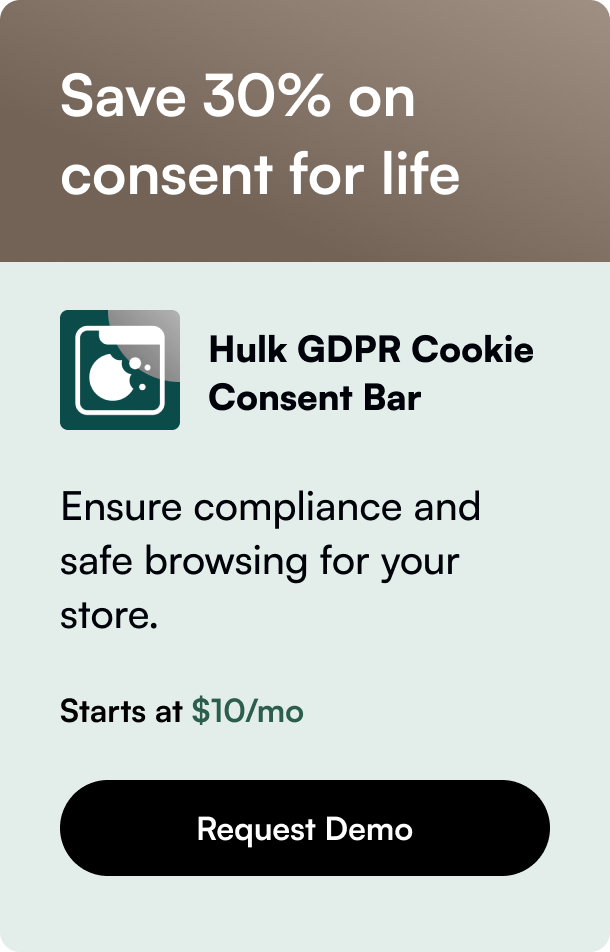Table of Contents
When deciding whether to use Webflow or Shopify for your online business, understanding their distinct differences and strengths is crucial. Both platforms offer a range of features designed for creating and running websites and online stores, but their approaches and capabilities can profoundly affect your choice depending on your specific needs.
Introduction
Choosing between Webflow and Shopify can be challenging; each platform has a unique set of features suited for different types of users. While Webflow showcases design flexibility and customization freedom, Shopify focuses on providing comprehensive e-commerce solutions with an intuitive setup. This blog post will explore the key differences and help you decide which platform is best suited to your online business ambitions.
Thorough Comparison
Pricing
When evaluating the cost, both platforms offer different pricing plans. Webflow allows free site building before publishing, with e-commerce plans ranging from $29 to $212 per month. Users can start creating without incurring initial costs but will need a paid plan for advanced features and to go live. Shopify, on the other hand, provides a free trial, followed by various plans, including Basic ($26/month), Shopify ($75/month), Advanced ($313/month), and Shopify Plus (starting at $2000), suitable for larger businesses.
Customization and Design
Webflow is highly praised for its design capabilities, providing users with a powerful visual builder to craft unique, responsive, and interactive sites without writing code. It has a large selection of templates and animations, catering to professional designers and those with a creative vision.
On the contrary, Shopify specializes in offering a quick and functional setup for e-commerce without requiring design skills. They boast an array of templates, and while users can tweak these to an extent, true customization may necessitate familiarity with Shopify's Liquid templating language.
E-commerce Features
In the realm of e-commerce, Shopify is widely recognized for its rich feature set, offering easy product management, global payment options, seamless checkout processes, and comprehensive order and inventory management. It also extends the ability to sell on various channels, like social media and marketplaces, making it a robust solution for online retail.
Webflow has worked to include e-commerce into its offerings, providing tools to handle product listings, customizable checkouts, and basic inventory management. However, its focus on design means it lacks the depth of commerce solutions comparative to Shopify.
Support and Community
Shopify leads with around-the-clock customer support across multiple contact points, including email, phone, and live chat. It also offers a vast repository of helpful resources and a vibrant community forum.
Webflow presents a detailed help center with extensive tutorials and guides through Webflow University. Although their support is not 24/7, they offer email support and an active forum for user discussions.
Pros and Cons
Webflow Advantages:
- Unmatched design flexibility
- Highly customizable template options
- No coding knowledge required for complex designs
- Webflow University
Webflow Disadvantages:
- Limited e-commerce capabilities compared to Shopify
- No 24/7 direct customer support
Shopify Pros:
- Extensive e-commerce features targeting all levels of businesses
- Seamless multi-channel selling experience
- 24/7 customer support
- A vast app marketplace to extend functionality
Shopify Cons:
- Design flexibility is limited compared to Webflow
- Customization can require knowledge of Liquid
Conclusion
Choosing between Webflow and Shopify will significantly depend on your priorities. For design-centric sites requiring unique customizations, Webflow stands out as the ideal choice. Meanwhile, for an all-in-one e-commerce solution providing an easy start and scalable features, Shopify emerges as the superior platform.
For those still undecided, taking advantage of free versions or trial periods can be an excellent way to assess each platform's offerings firsthand. Regardless of your final choice, remember that both Webflow and Shopify are reputable and robust, and they can each lead to online success when leveraged to their full potential.








